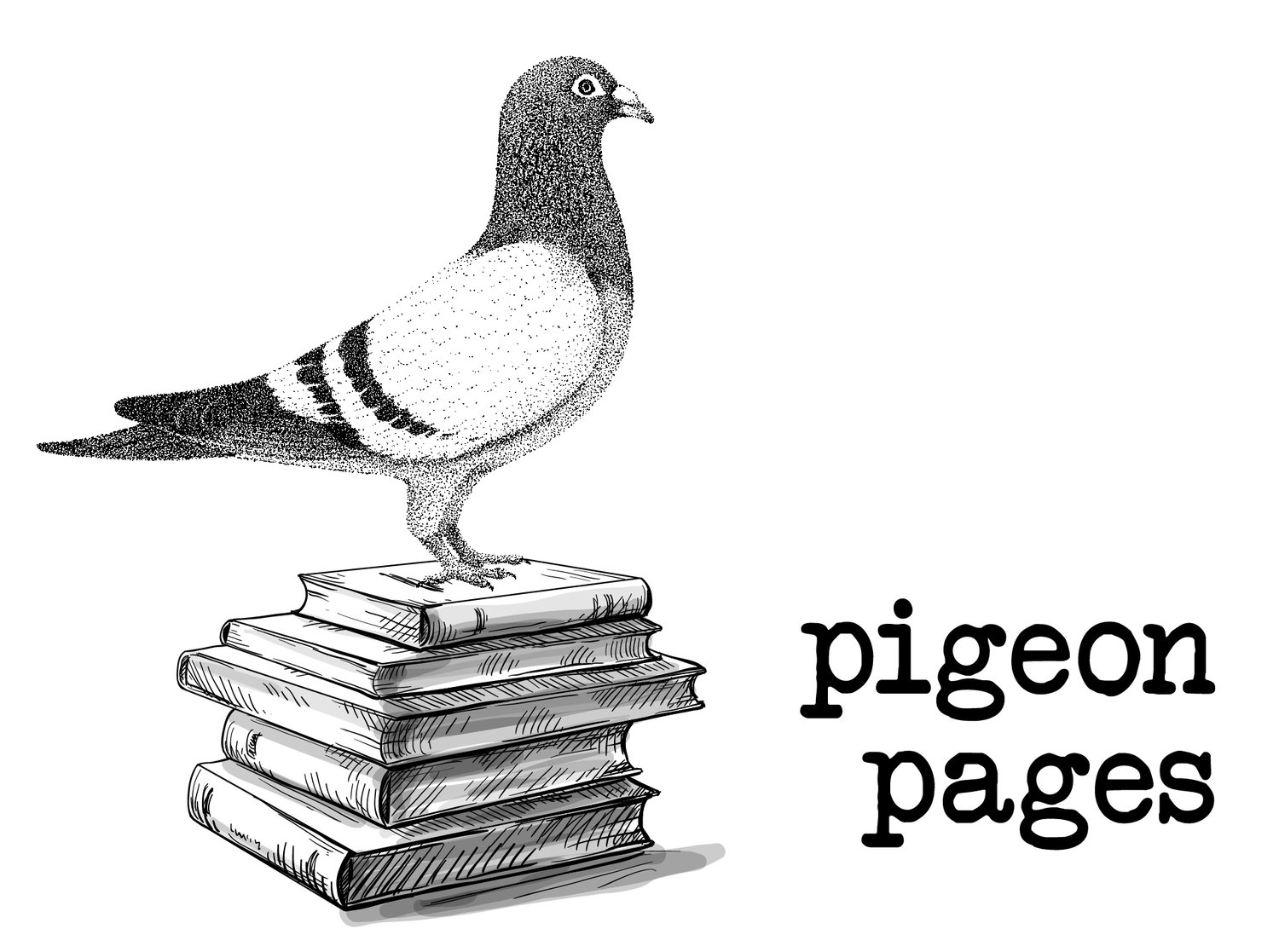Tegan Brozyna Roberts. Detail of Silex, 2016, Painted paper, wood, nails and thread.
Taste of Pewter
By Katherine Heath
2019 Essay Contest Honorable Mention
There in the kitchen, in the thick Missouri heat, I learned there is a right and a wrong way to clean skin. The right way includes steps: first you examine for spots or irregularities, signs of skin compromised by insects, bacteria, pesticides, or worse. Evidence of what happens when we let the outside in. She demonstrates, holding a Granny Smith—always a Granny Smith—under the punitive lights. Once it passes inspection, it is placed on a paper towel while we wash ourselves.
When washing an apple, it’s important to do so with clean hands. Hand cleaning is its own process, with its own set of dos and don’ts: Do use warm water, lather the backs, between the fingers, and under the nails. Do scrub for the time it takes to whistle the “Happy Birthday” tune twice, if you can whistle that is, otherwise counting to twenty will suffice. If soap isn’t available, hands can be cleaned with ash. But don’t try cleaning your apple with ash, she says, the same way we do not use castile or detergent.
Why does one skin get soap and the other doesn’t? I ask.
I was in the “why” stage, the adults said.
Why whistle and not sing?
Why green and not red crisps?
Why the kitchen and not the bathroom, or tub?
Sometimes we forgo the entire process of washing when the utilities are shut off or during flood season when we’re limited to dry showers and the gallon-jugs from city hall. When we can’t wash, we peel. Then I watch her thumb guide a paring knife in one fluid motion, specks of green rind and bits of apple meat fall into the sink. The bare apple produces tears, and when her back is turned, I slip discarded flesh into my mouth, move it around with my teeth, and make a silent promise to protect the skins of all other apples in the backyard. Skin in the sink evokes ecstasy and grief. But it had also been said I was going through a “sensitive” phase, and shouldn’t give things like this much thought.
Like wondering, How do you know when skin is clean?
Who decides what is clean?
What are the consequences of clean?
Lathering a Granny Smith is satisfying: coating the waxy exterior with bubbles and white cream, rinsing invisible threats down the drain and into our plumbing. I know it breaks don’ts, but pretend to forget the rules. An apple washed with soap behaves differently. Suds linger and bite my tongue with sterile notes; traces of lead from the tap coat back molars with expectation.
Federal, state, and local agencies discuss the blood of kids. We have more than Flint. Not that it’s a goddamn competition, Dad says. Pray for St. Joseph, Grandma says. But if I’m being honest, my palate is acquiring a taste for pewter, for arsenic.
I daydream about wading through the docking ramp upstream from Larry’s trailer. Feet in the water, I clutch a freshly picked green sphere, maybe it’s red, in my right palm. I dunk my fist into the shallow end of dusty waves. I walk farther, dunk my fist in again, tread until my feet aren’t certain they can move another inch without the big muddy carrying me and apple away. Hand cupped tight, I raise my unblemished fruitlet and touch the forehead, the heart, the left and then right shoulder as we offer our vessels to the wakeful river. I plunge my arm deeper. The rapids splash then calmly remove. I plunge again, more splashing. I plunge a third time. I sing “Happy Birthday” once, twice, then rub off the epidermis, triple clean. I bite down and let the alloy dissolve like a sublingual lozenge.
Published January 26th, 2020
Katherine Heath is an essayist and journalist from Saint Joseph, Missouri. Her work has most recently appeared in CHEAP POP and XRAY Lit, and is forthcoming in Waxing & Waning. Her essay Peak Cute is nominated for Best Small Fictions 2019. She currently lives in Brooklyn and is the Managing Editor of Lumina Journal.
Originally from the Philadelphia area, Tegan M Brozyna (Roberts) is an artist based out of Brooklyn, NY. Tegan's work draws from her background in painting and sculpture as well as a long family tradition in textiles. Her intuitive work is inspired by materials, landscape, mapping and an insatiable curiosity with the world around her. Brozyna received a MFA from Brooklyn College where she was a Graduate Teaching Fellow, and a recipient of the Cerf Award in Art as well as the Dean's Award in Art. Tegan holds a BA in Painting and completed a Post- Baccalaureate Fellowship at New York Center for Art and Media Studies in Manhattan. In addition to teaching at Brooklyn College, Tegan has lectured at Messiah College in Mechanicsburg, PA and Hussian School of Art in Philadelphia. She is a former artist in residence at World Class Learning Academy in New York, Textile Arts Center (Work in Progress Program) in Manhattan and the Icelandic Textile Centre in Blonduos, Iceland.

